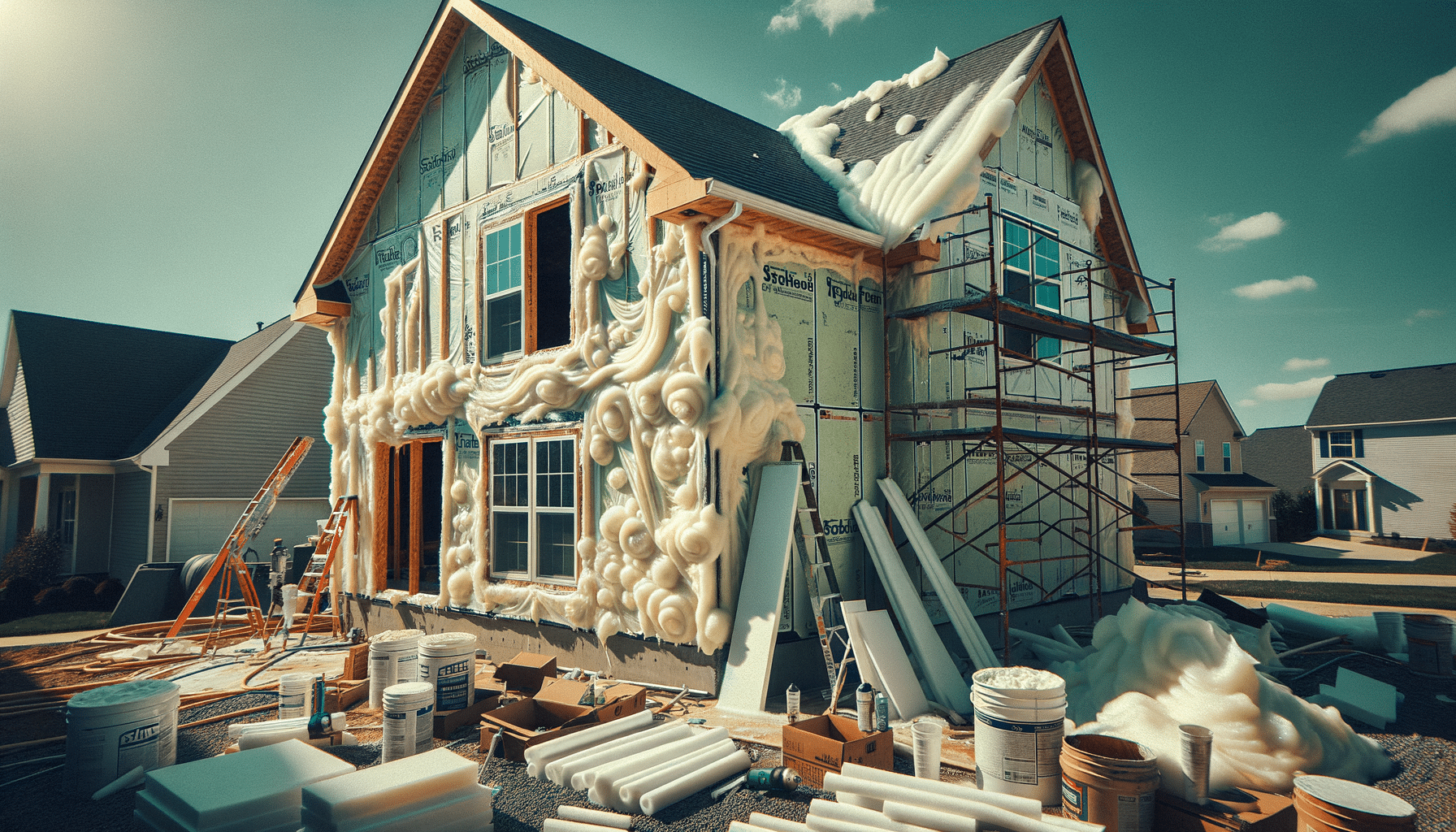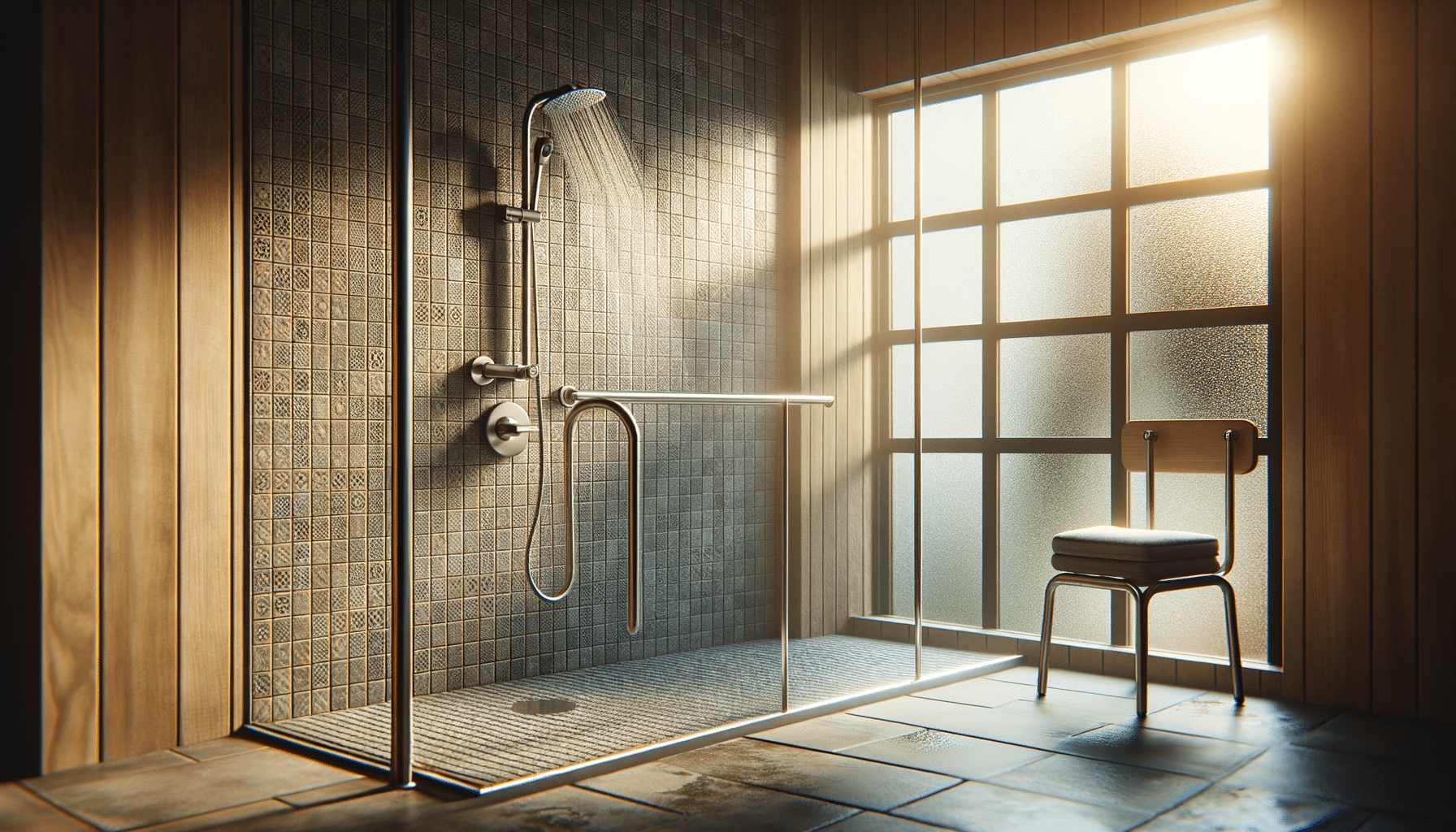
Tired of High Energy Bills? Learn Why Homeowners Are Switching to Spray Foam
The Importance of Spray Foam Insulation
In an era where energy efficiency is paramount, spray foam insulation has emerged as a frontrunner for homeowners seeking to reduce energy bills and enhance indoor comfort. Unlike traditional insulation materials, spray foam creates an airtight seal that significantly minimizes heat transfer. This feature is especially beneficial in extreme weather conditions, keeping homes warm in the winter and cool in the summer. By preventing air leaks, spray foam insulation reduces the workload on heating and cooling systems, which can lead to substantial energy savings.
Beyond energy efficiency, spray foam insulation also offers soundproofing benefits, making it a popular choice for urban dwellers and those living near busy streets. Its ability to fill gaps and crevices ensures that noise pollution is kept to a minimum, enhancing the overall living experience. Furthermore, spray foam is an investment in the longevity of the home, as it helps prevent moisture buildup and mold growth, thereby protecting structural integrity.
In summary, spray foam insulation is a multifaceted solution that addresses energy efficiency, noise reduction, and home durability. It’s no wonder that more homeowners are considering this option as a strategic home improvement.
Foam Roofing Contractors: Choosing the Right Professionals
When it comes to installing spray foam insulation, selecting the right contractor is crucial. Foam roofing contractors specialize in applying this material, ensuring that it adheres properly and functions as intended. A reputable contractor will have extensive experience and a portfolio of completed projects that demonstrate their proficiency. It’s essential to verify their credentials, including insurance and certifications, to ensure that they meet industry standards.
One of the advantages of hiring professional foam roofing contractors is their ability to assess the specific needs of your home. They can identify areas that require additional insulation and customize the application to achieve optimal results. Additionally, experienced contractors are knowledgeable about the different types of spray foam and can recommend the most suitable option for your climate and home structure.
Homeowners should also consider the contractor’s reputation in the industry. Reading online reviews and seeking recommendations from friends or family can provide insights into the contractor’s reliability and customer service. Ultimately, choosing the right foam roofing contractor can make a significant difference in the performance and longevity of the spray foam insulation.
Understanding Spray Foam Walls
Spray foam walls offer a unique advantage in home insulation, providing a seamless barrier against air and moisture infiltration. This method involves spraying a liquid foam onto walls, where it expands and hardens into a solid, insulating layer. The result is an effective thermal envelope that enhances energy efficiency and comfort.
One of the key benefits of spray foam walls is their versatility. They can be applied to both interior and exterior walls, adapting to various architectural designs. This adaptability makes them suitable for new constructions as well as retrofits in older homes. Moreover, spray foam’s ability to conform to irregular shapes and surfaces ensures that even the most challenging areas are adequately insulated.
In addition to thermal benefits, spray foam walls contribute to improved indoor air quality. By sealing gaps and cracks, they prevent the infiltration of pollutants, allergens, and outdoor noise. This is particularly advantageous for homeowners with respiratory concerns, as it creates a healthier living environment. Overall, spray foam walls represent a comprehensive approach to achieving energy efficiency and enhancing indoor comfort.
Comparing Spray Foam to Traditional Insulation Methods
When evaluating insulation options, it’s important to consider how spray foam compares to traditional materials like fiberglass and cellulose. While these conventional methods have been used for decades, spray foam offers distinct advantages in terms of performance and longevity.
One of the primary differences is the R-value, which measures an insulation’s resistance to heat flow. Spray foam typically has a higher R-value per inch compared to fiberglass and cellulose, making it more effective at maintaining consistent indoor temperatures. Additionally, spray foam’s ability to expand and fill voids eliminates air leaks, a common issue with traditional insulation.
Another factor to consider is the lifespan of the insulation. Spray foam is known for its durability and resistance to settling or sagging over time, which can compromise the effectiveness of fiberglass and cellulose. This longevity translates to lower maintenance costs and fewer replacements, offering long-term savings for homeowners.
While the initial cost of spray foam may be higher, the energy savings and durability often justify the investment. Homeowners seeking to enhance their property’s energy efficiency and value may find spray foam to be a more advantageous choice compared to traditional insulation methods.
Conclusion: The Future of Home Insulation
As energy costs continue to rise, the demand for efficient home insulation solutions like spray foam is expected to grow. Its ability to provide superior thermal performance, reduce noise pollution, and improve indoor air quality makes it a compelling option for modern homeowners. By selecting experienced foam roofing contractors and understanding the unique benefits of spray foam walls, homeowners can make informed decisions that enhance their property’s comfort and efficiency.
In conclusion, spray foam insulation represents a forward-thinking approach to home improvement. Its comprehensive benefits and potential for long-term savings make it a valuable investment for those looking to reduce energy consumption and enhance their living space. As more homeowners become aware of its advantages, spray foam is likely to become a standard feature in energy-efficient homes.


